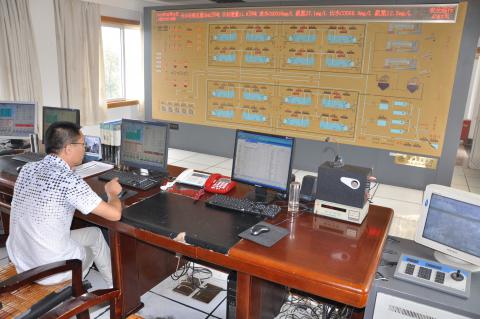Towards the end of the 20th century the tanning industry has made a considerable progress in controlling the environmental pollution caused by its activities, yet the situation varies from country to country and even from region to region within some large countries. Some tanners in industrialized countries hold the view that lax environmental regulations and poor enforcement account for lower production costs, higher competitiveness and hence further expansion of the tanning industry in developing countries.
This study compares the costs of treatment of tannery effluents, including indicative investments costs in selected industrialized and developing countries. While the figures concerning the investment and operational costs by now are quite obsolete and technologies change, the comparisons of the cost structures are still quite elightening.


